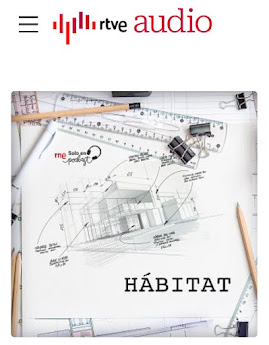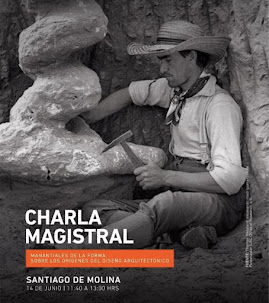El número tres funciona en todos los ámbitos de la arquitectura desde su origen más primitivo. Los objetos impares, y en concreto agrupados en conjuntos de tres, son más memorables que los que forman simples parejas. El tres es belleza, el tres es simetría, el tres es diseño. Toda columna y toda torre, poseen tres partes bien diferenciadas: basa, fuste y capitel. En arquitectura, tres no son multitud. El tres constituye una unidad con más estabilidad que el propio uno. El tres irradia su propia pedagogía. Un famoso ejercicio de composición escolar de John Hejduk en Cooper Union, se fundaba sobre esta virtud del tres en todas direcciones. La retícula de nueve cuadrados era una base de la que no podía salir un proyecto malo. El tres era el pasaporte al aprendizaje de la excelencia.
Los órdenes en los edificios de la antigüedad y el renacimiento son triples. Sobre el dórico se apila el jónico y luego el corintio como un sándwich canónico e inmutable. El tres asoma en Mies y en Palladio. Es el invitado secreto de la arquitectura hecha de triángulos de la que presumía el gótico y Borromini. Al contrario que el dos, que es un nido de víboras compositivamente hablando, el tres es incuestionable. Está ahí. Y está desde siempre. Se apoya, se soporta y aporta introducción, nudo y desenlace a cada recorrido, planta y discurso. Se piden tres deseos y hay tres cerditos. Se sea un arquitecto moderno o posmoderno, mucho más que diamantes, clientes o un trazado regulador, el tres es el mejor amigo del arquitecto. El tres nos acompaña con una fidelidad sobrehumana.
The number three works in all areas of architecture from its most primitive origin. Odd objects, and specifically grouped in sets of three, are more memorable than those that form simple pairs. Three is beauty, three is symmetry, three is design. Every column and every tower has three distinct parts: base, shaft, and capital. In architecture, three are not a crowd. Three is a unit with more stability than one itself. Three radiates its own pedagogy. A famous school composition exercise by John Hejduk at Cooper Union was based on this virtue of three in all directions. The grid of nine squares was a base from which a bad project could not come out. Three was the passport to learning excellence.
The orders in the buildings of antiquity and the Renaissance are triple. On the Doric, the Ionic is stacked and then the Corinthian as a canonical and immutable sandwich. Three peeks out in Mies and Palladio. It is the secret guest of the architecture made of triangles that the Gothic and Borromini boasted of. Unlike two, which is a nest of vipers compositionally speaking, three is unquestionable. It's there. And it's been there forever. It supports, supports and provides an introduction, knot and outcome to each journey, plan and discourse. Three wishes are asked for and there are three little pigs. Whether you are a modern or postmodern architect, much more than diamonds, clients or a regulatory layout, three is the architect's best friend. Three accompanies us with superhuman fidelity.










,%20India,%20photo%20by%20H.G.%20Ponting,%20y%20Fala%20Atelier,%20Casa%20Suspendida,%20Oporto,%20imagen%20Fala%20Atelier.jpg)

















_-_left_hand_screen,%20imagen%20wikipedia.jpg)

































































































